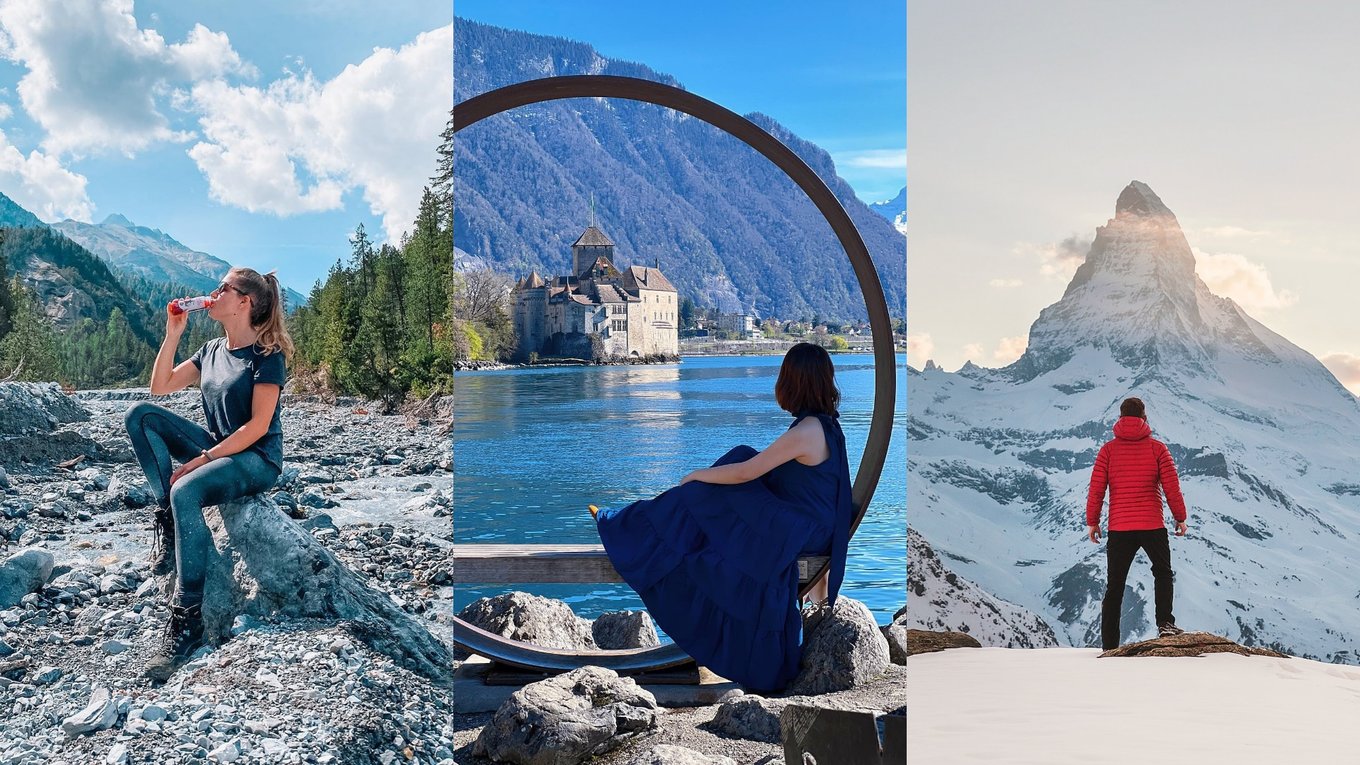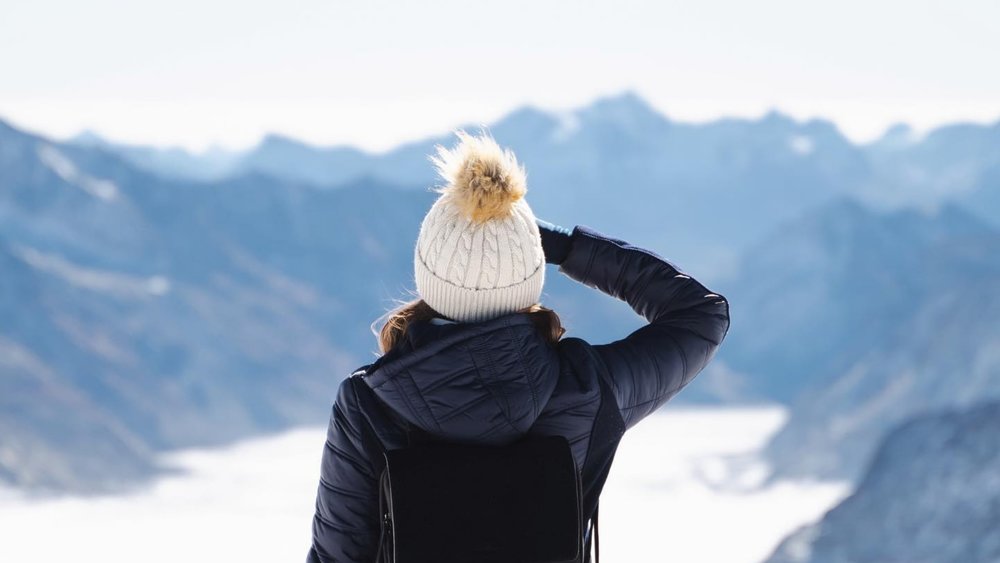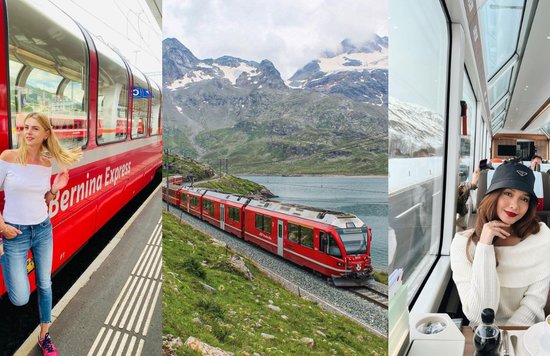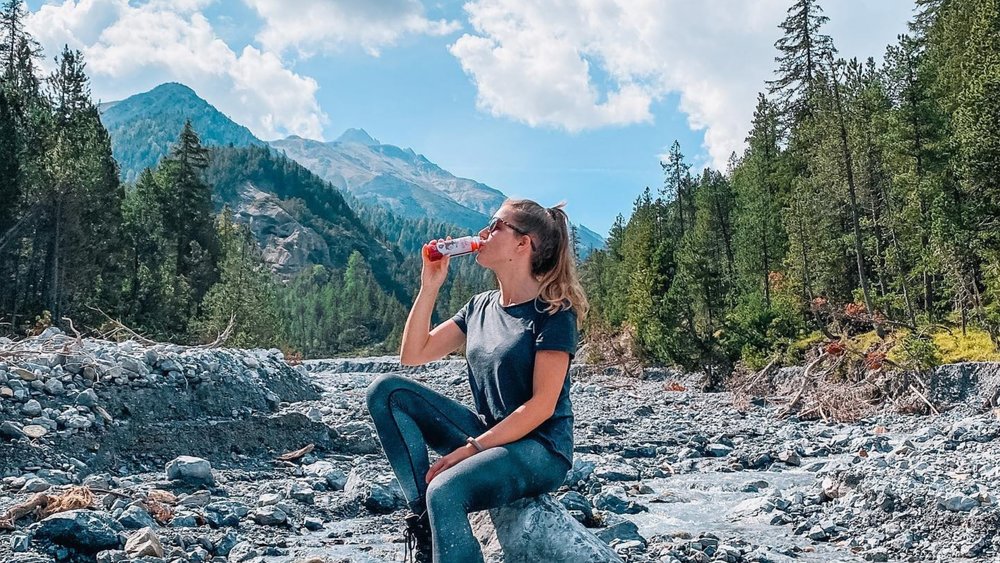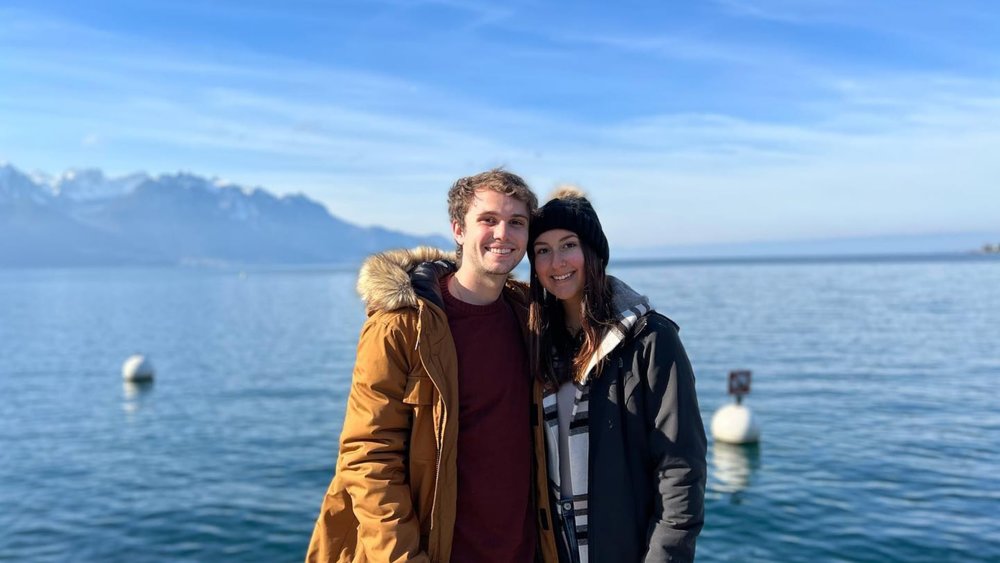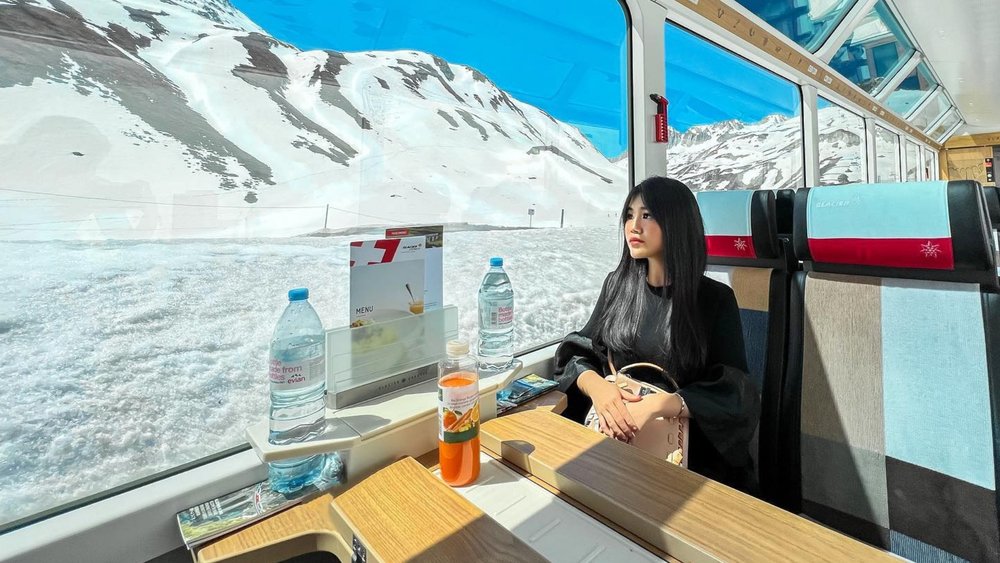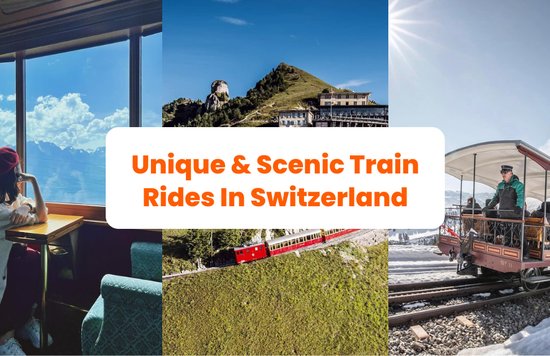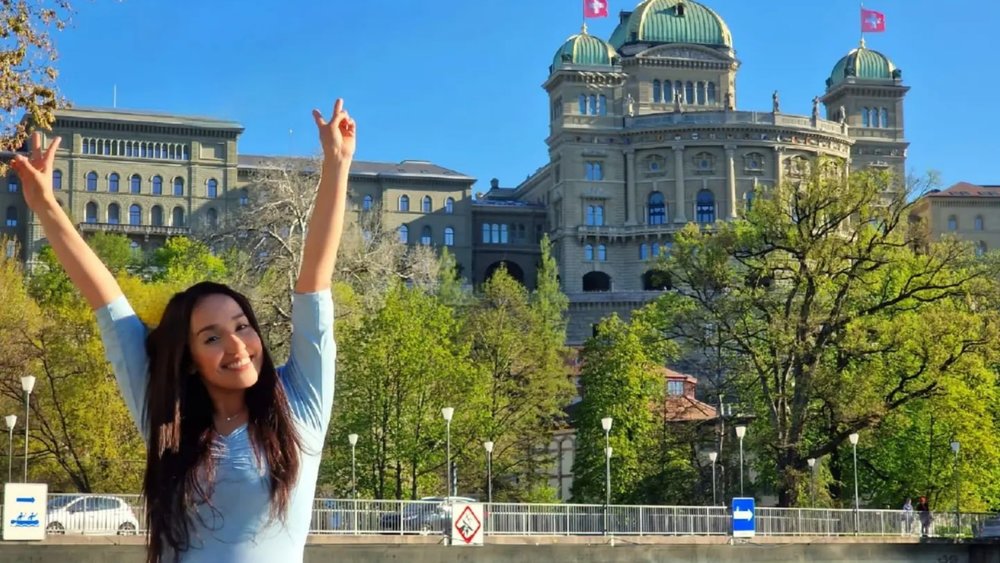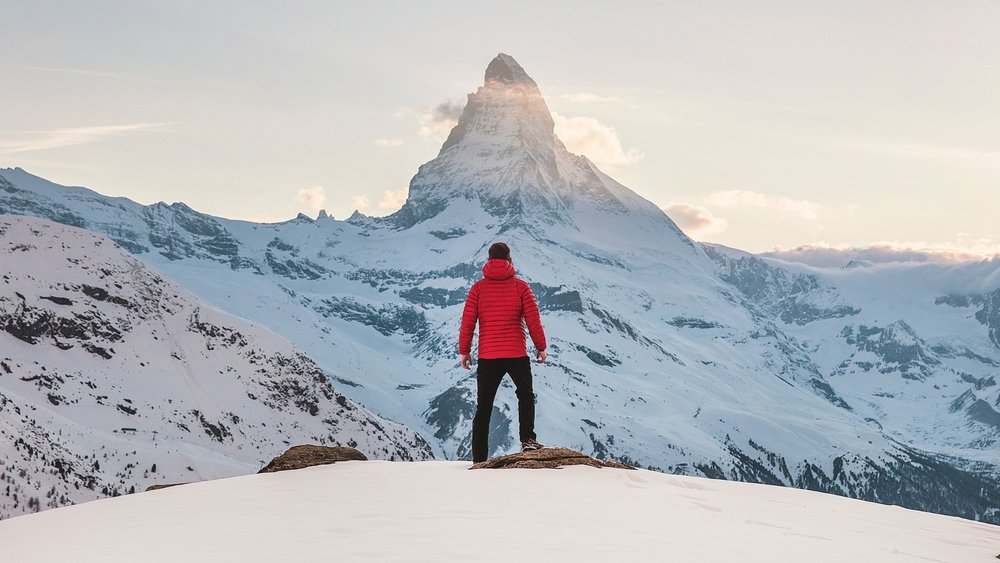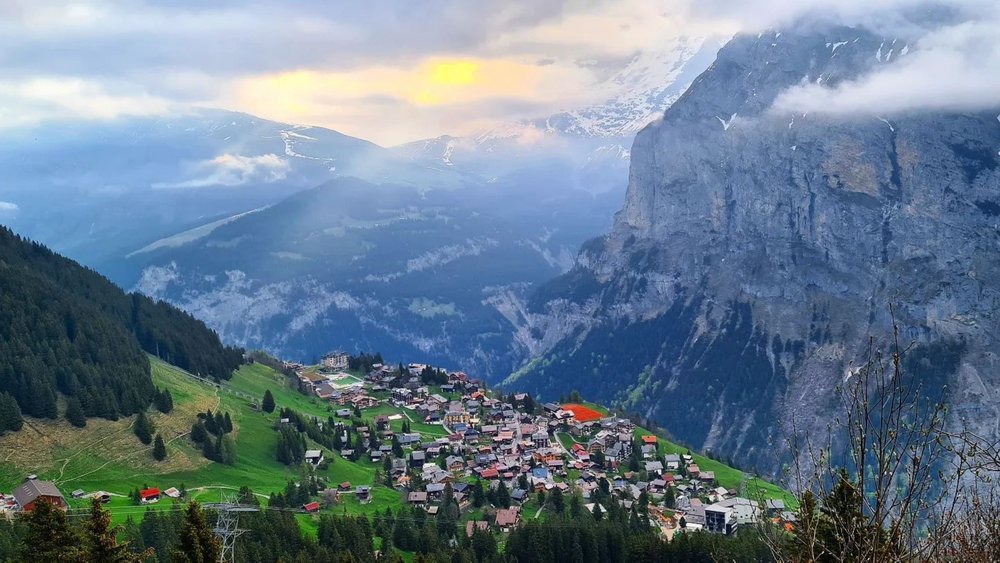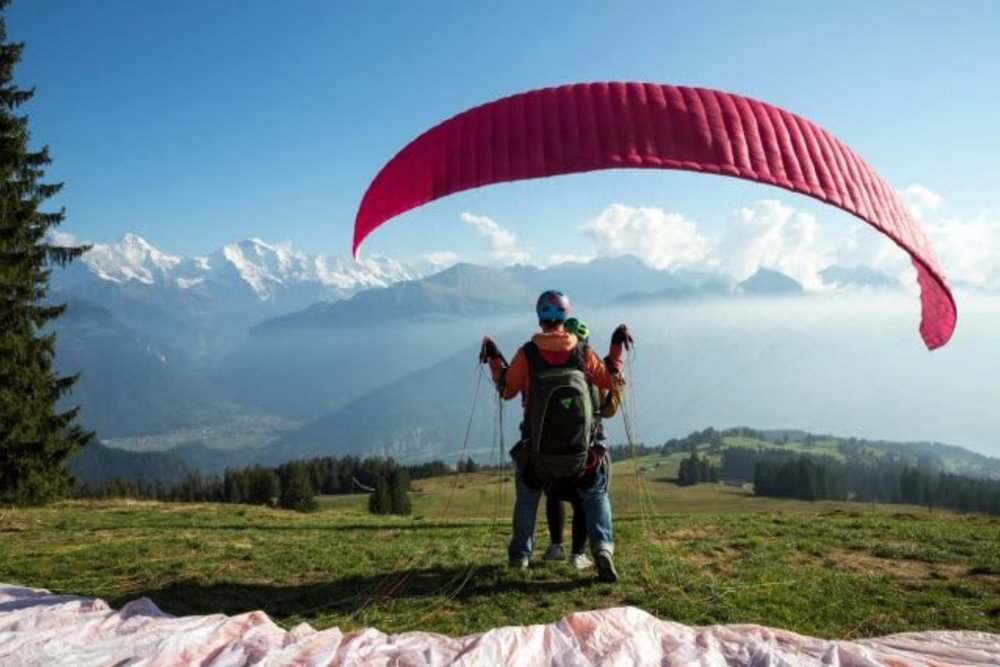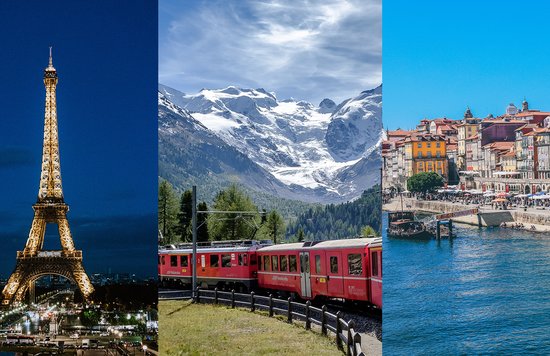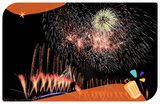When it comes to travel destinations, it doesn’t get much better than Switzerland. Teeming with incredible alpine vistas, exciting outdoor adventures, and incredible food (chocolate and cheese galore!), you’re sure to have a vacation to remember.
You can add it to your Europe itinerary or spend your holiday just exploring the country, and you won’t run out of things to do or see. But before you pack your ski gear, here are fascinating and handy facts about Switzerland to know before your trip:
1. There are four official languages
Switzerland is divided into four different language regions: French in the western part, Italian in the southern part, Romansh in some areas of the southeast, and Swiss-German in the rest. But don’t worry, you can get by speaking English in major cities like Zurich, Geneva, and other tourist destinations. Of course, learning some new phrases won’t hurt.
2. The Alps make up almost 60% of the country
One of the most incredible facts about Switzerland is that the Swiss Alps cover around 58% of the land area. Despite the abundance of mountains, the country’s landscape is actually pretty diverse.
In the northern part of the Alps, like the Bernese Oberland, you’ll find that the scenery is very green and vibrant. In the south like Valais, it’s drier and rougher. You’ll also see stunning lakes and villages full of palm trees in between.
The best activities in the Swiss Alps include skiing in Zermatt with views of the Matterhorn, hiking the scenic trails of Jungfrau, and taking the iconic Glacier Express train through breathtaking landscapes.
3. No Euros here
If you’re going to be coming from a different European country, you might be surprised to see price tags and menus showing a different currency. Switzerland uses Swiss francs (CHF) as opposed to euros. But don’t fret, the euro is widely accepted in Switzerland. Although, you might only be able to use euro banknotes (no coins) and you’ll get your change in Swiss Francs.
4. Travel adaptors are a must
If you’re going to charge your phone, you’ll notice that their socket has three round holes as opposed to only two, like in most of Europe. The good news is that you can still use your European travel adapter in Switzerland. Just make sure that the prongs fit because sometimes European plugs are too big for Swiss sockets. The voltage is also similar to the rest of the continent which is 230 V/50 Hz.
5. No tips necessary
Calling all budget travelers! Here’s a fun fact about Switzerland that you’re sure to appreciate: you don’t need to break out a calculator to figure out how much you’re going to tip. The tip is already included in the final price. Of course, you can still show your appreciation to the waiter or waitress by adding a little extra to the bill.
6. Pristine water around
Thanks to great underground water reserves and natural springs, Switzerland boasts some of the finest drinking water around the world. In fact, their tap water has a much better ecological balance than the average bottled mineral water. All you need to do is to bring your water bottle and refill from one of the many drinking fountains and you’re good to go.
7. Great transportation options
Like its water, Switzerland’s transportation system is also some of the world’s best. You’ll be hard-pressed to find another country with as many options. You can get around by train, funiculars, buses, boats, cable cars, and trams. It’s so comprehensive that you can reach areas in the Alps that were only previously accessible by foot.
Train rides are a great way to experience the amazing landscapes Switzerland has to offer. One way to discover its highlights from north to south, west to east is with the Interrail Pass. You can hop on and hop off as many stops you like!
8. Zurich is not the capital city
Guess what? The Swiss capital is not Zurich, Geneva or Lucerne. One of the surprising facts about Switzerland is that its capital city is actually Bern, located in the country’s west-central part. There, you’ll find the Parliament Building, the centuries-old French Church, and the UNESCO Heritage-listed Old Town.
9. The climate is more mild than cold
Because of the popularity of the ski resorts and the Alps, Switzerland has gained a reputation for being a cold country. But the climate is actually considered more moderate rather than cold because of the nearby Atlantic Ocean. If you’re hoping for snow days, it’s best to visit in January, February, and March.
10. No cars allowed (in some villages)
If you’re planning to drive around Europe, one of the most important facts about Switzerland to know is that there are several places that don’t allow cars.
Instead, you can take a train, bus, and even a boat to reach the village and enjoy the tranquil atmosphere. The best part is that getting around is even easier and more affordable with the Swiss Travel Pass. Experience free travel by boat, bus, and train and discover the finest sights Switzerland has to offer.
Plan Your Dream Trip to Switzerland
Switzerland is a land of breathtaking landscapes, rich cultural heritage, and fascinating history. From its majestic Alps to its charming villages, Switzerland offers a unique blend of natural beauty and modern sophistication. Whether you're a fan of outdoor adventures or cultural exploration, there's something for everyone in this enchanting country.
Why not take a scenic train ride through the Swiss Alps, visit the picturesque town of Lucerne, or explore the vibrant cities of Zurich and Geneva? For thrill-seekers, skiing in the winter or hiking in the summer are must-do activities. And don't forget to indulge in some of the world's finest chocolate and cheese.
More Switzerland Inspiration
What is Klook?
Klook is a world-leading travel and experiences platform, with over half a million offerings in over 2,700 destinations! Browse our growing collection of travel activities and services in 15 languages, and complete bookings seamlessly with 40 currencies and over 40 payment methods.
We're here to bring the world closer together through experiences. Whether it's something new in your neighborhood or an adventure abroad, with Klook you're always connected to a world of things to do and places to see.

